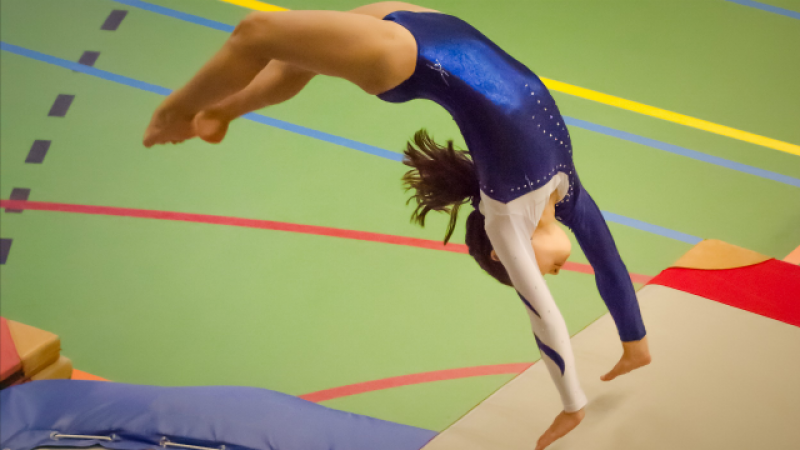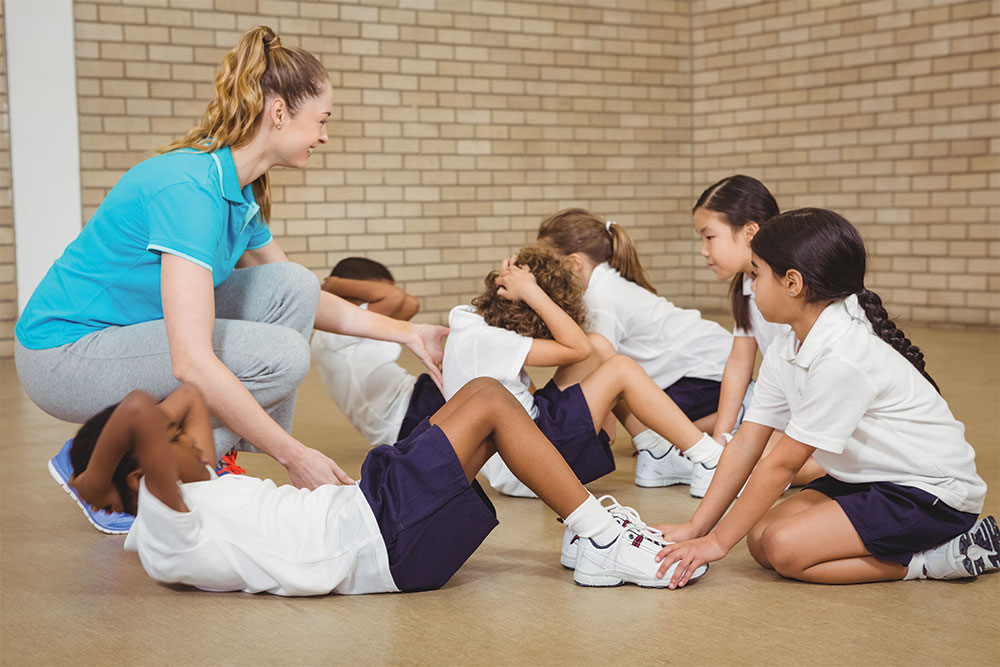
A Swedish study could encourage schools to set aside three and a half hours of physical education per week to help boost the bone health of pre-teens, who are still growing. The study found that girls’ bones benefited the most from the increase in physical activity.
This new study encourages kids and teens to boost their bone mass from the earliest age. This can be especially important for girls, since many women discover — often at the time of menopause, around 50 years old — a bone weakness called osteoporosis, putting them at increased risk of fractures.
Researchers based in Sweden investigated the impact of school-based exercise on bone health over a seven-year period. They studied 261 children aged six to nine years old in four different schools to assess the effect of extra physical education classes on bone health, upping the usual one hour per week to three and a half hours per week. The study focused on the mass, structure and strength of the tibia (shin bone).
The researchers found that girls who followed a moderately intense school-based physical activity program (including activities such as gymnastics, football and basketball) had tibia bones that were stronger (by 6.9%), thicker by 2.5%) and with a better bone mass distribution, independently of their age and weight.

However, these effects were not seen in boys. The scientists suggest that since most boys were already undertaking more frequent and intense physical activity than girls before the study, the extra exercise wasn’t enough to bring added bone benefits.
In general, pediatricians recommend one hour of physical activity per day and sufficient intake of vitamin D — which helps strengthen bones — especially in winter. Calcium is important too, with three dairy products per day recommended, especially at puberty.
The study was published in the journal of the International Osteoporosis Foundation and is available here.